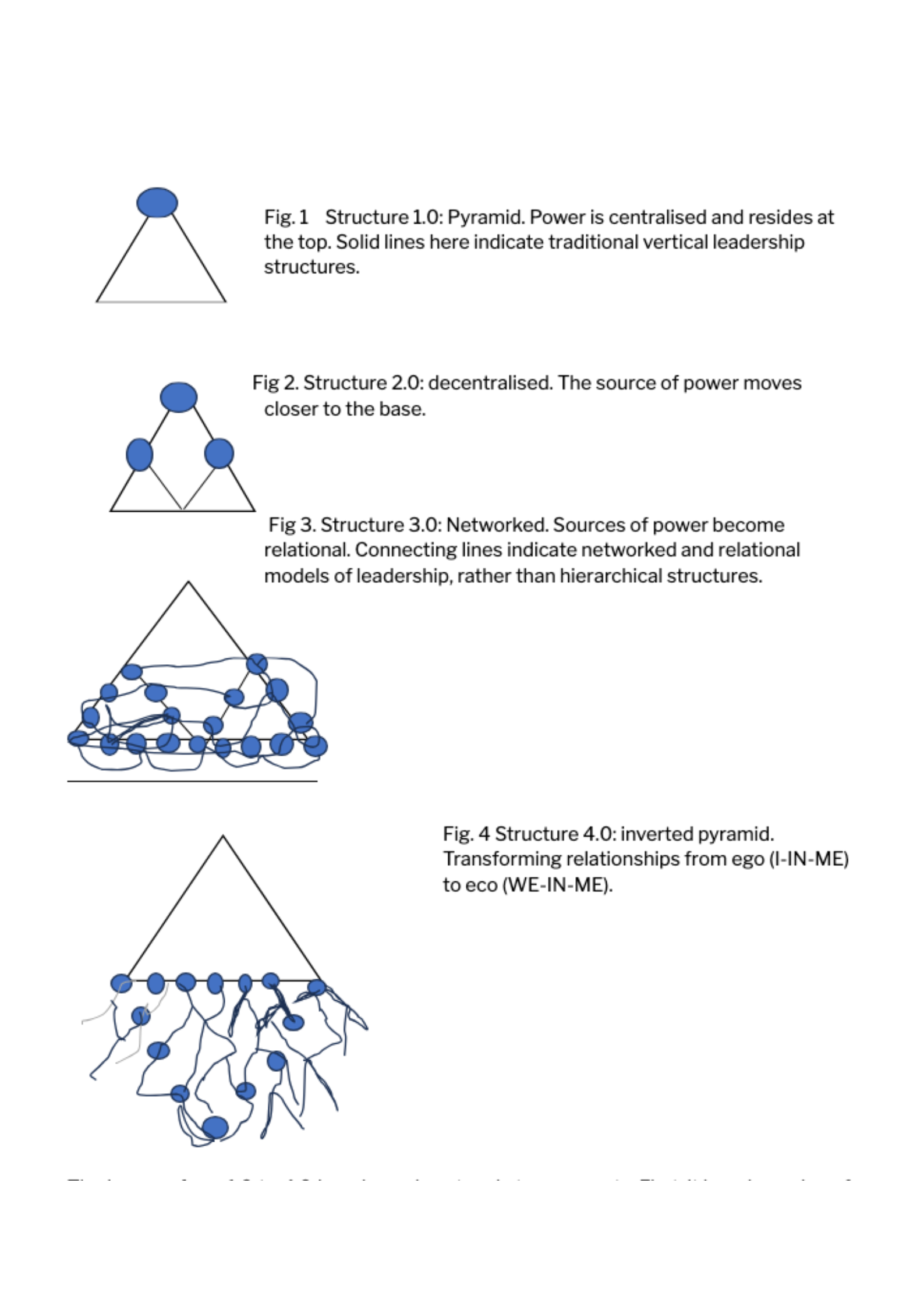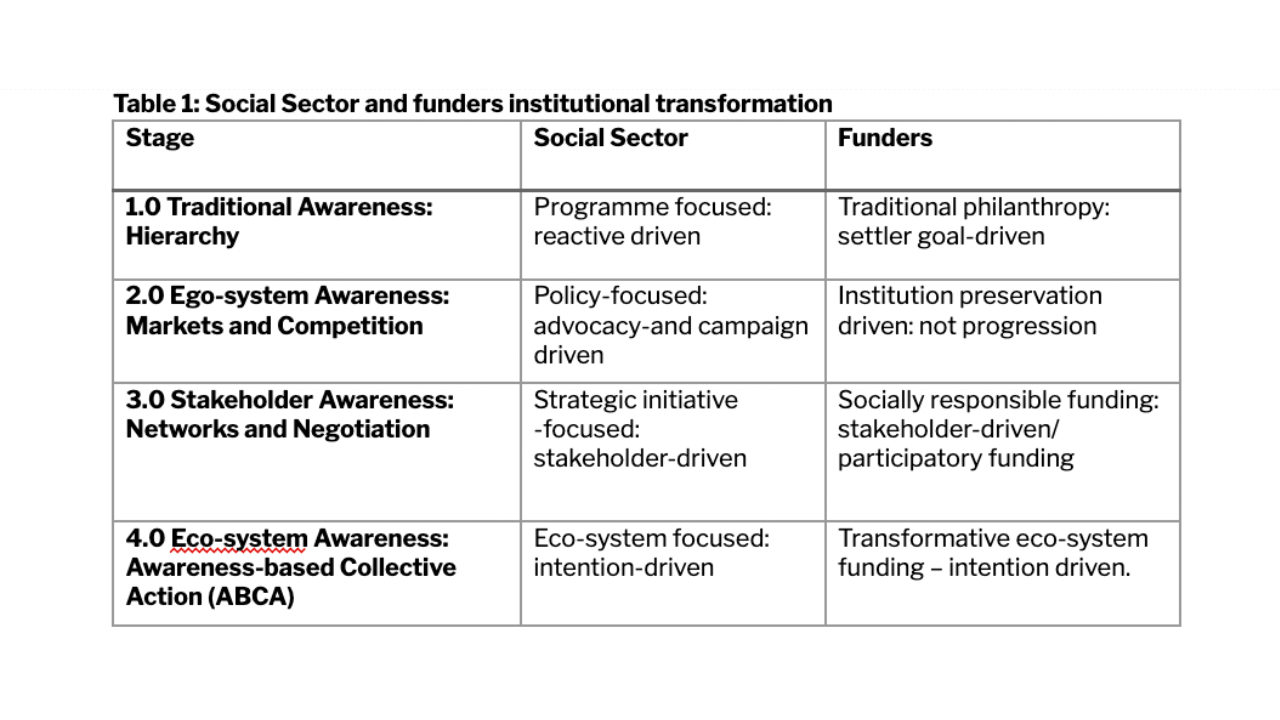Introducing Reflections on the Black Systemic Safety Fund: A Series
Over the course of 18 months, The Ubele Initiative and Reos Partners collaborated with Impact on Urban Health (IoUH) to explore funding, power, and participatory grantmaking with Black communities in Lambeth and Southwark. Centered on the pressing issue of systemic safety, the Black Systemic Safety Fund brought together community leaders through a participatory social lab process.
As we conclude this journey, we’re sharing six thought pieces capturing insights, experiences, and reflections from participants. In this first piece, Chris Dusu shares his perspective on the process, its challenges, and its transformative potential for addressing safety in racially minoritised communities.
Stay tuned as we continue to uncover the stories behind this vital work.
Reflections on The Black Systemic Safety Fund: Chris Dusu
Participating in the Impact on Urban Health Safety (IOUH) social lab has been a profound experience. I have learned much more than I anticipated at the start of the 18-month project. In this thought piece, I wish to share three key learnings and insights:
- BAME organisations all provide valuable “safety-net” services
The 13 BAME community organisations that participated in the IOUH Safety social lab all deliver a range of “safety net” services for the community: building resilience, developing employability skills, and helping young people with their mental health, for example. These services create value and help address social issues in the community. By virtue of providing these safety-net services locally, we have earned the right to have our voices heard on how grants are invested and the right to ensure resources are allocated in ways that address issues of importance to the community.
The major challenge we face as communities, however, is how to build the capacity of our organisations so that we can operate at scale, become resilient, and achieve impactful results in a sustainable way. These are the most important considerations. The question is, do we have the right organisational structures and leadership in place? And, do we have the skills, processes and systems required to achieve the results for which we are accountable?
Enhancing our organisational capability is critical. In doing so, we increase our capacity to achieve results consistently and become a more attractive and lower-risk investment opportunity for philanthropic funders.
- Money enables transformative change in the social sector
Those who fund social issues deal with a very special product: money.
Money is a legal construct that can be used in almost any economic transaction. It rarely expires, it is easily transferable, and everybody wants it. Real economy products – for example, apples or even youth work – are used by specific customers; and they are only usable for a certain period of time. Money, however, is used by every actor in an economy and happens to be usable almost anywhere, at any time. It also does not diminish in value (except if inflation is higher than the interest rate). Hence, those who fund activities in the social sector hold enormous power over all other actors in the sector.
For the above reasons, the power dynamics between funders and grantees – the frontline organisations working to address social issues in the community – are inevitably skewed in favour of funders. This power imbalance impacts grantees unfavourably.
Money and capital are enabling conditions in the economy for the creation of products and services. In my view, a preoccupation with these inevitable power imbalances is unproductive. Rather, we should focus on the real potential of funders — that is., the potential and opportunity to turn social sector funders into transformative, intention-driven institutions that become powerful enablers of our shared quest to address intractable social issues.
What do you do when you are part of a system in which vital components operate separately? You connect them in ways that make them talk; you have real dialogue that helps various actors to connect across differences and work towards a common goal.
- To move toward eco-system economies requires an inversion of the old model of organising
My third and final insight concerns how to connect vital components of the social sector so that we can solve problems collectively and on a larger scale. This is a subject I’ve enjoyed delving into, reading about, and reflecting on as part of the learning journeys we have undertaken throughout the social lab.
A brief review of the four main logics of institutional power and organising shows that power shifts from 1.0 structures to 4.0 through the concept of inversion.
The figures below, created by Scharmer and Kaufer, present a graphical depiction of this process: The source of power shifts from the top-centre of the pyramid (1.0), to closer to the base (2.0), then to the periphery (3.0), and finally, to the surrounding sphere of a system (4.0). A complete inversion marks the resulting structural journey of transformation.

The journey from 1.0 to 4.0 is an inversion story in two respects. First, it is an inversion of the source of power from the top and centre (1.0) to the base/periphery (2.0) to beyond the organisational boundaries (3.0) to the surrounding eco-system (4.0). This journey is a profound opening process of a closed pyramid (1.0), continuing until the balance of power is completely upended and inverted (4.0).
Second, it is an inversion that concerns the reintegration of mind and matter. In 1.0, the mind-matter split is the defining feature of the system: Leadership power originates at the top, and there is the most significant, or maximum, distance between the top and the base of the pyramid – that is, between mind (i.e. governing, leading) and matter (i.e. frontline work).
The rest of the journey reduces and transforms the distance between the system’s top and base as follows: In 2.0 structures, the vertical split is somewhat reduced through decentralising. In 3.0 structures, the vertical split is further narrowed through horizontal networked organising at the system’s base. Networked organising is effective at reducing the vertical distance, but it is less effective at transforming habitual mindsets. The final shift to 4.0 is a move from the base of what used to be a pyramid to a “negative space” below the pyramid’s base – that is, to a space that allows the system to see itself in order to facilitate the shift from ego-system to eco-system awareness.
Institutional inversion can, therefore, be described as a profound opening process that shifts power from the top/centre to the surrounding sphere. It can also be told as a story of overcoming the vertical mind-matter split between leadership and frontline work in a system by inverting the pyramidal structure into a U-shaped holding space that cultivates the root processes of the social field: attending, conversing, organising, and integrating.
Let me illustrate the inversion principle by showing in Table 1 the parallel paths that the social sector and funders of the social sector’s systems would take from 1.0 to the emerging possibility of 4.0 structures. A move from ego to eco-system awareness – that is, from organising around special interests to organising around common intention, such as the ways to effectively address the deeply embedded problems of deprivation, poverty and safety of BAME communities – could look like this:

What do we need to do?
Within the Re-imagining Funding group of the social lab, we acknowledge that the change initiatives we propose will not get traction unless we succeed in transforming the key institutions that constitute our social sector. The way we do this is by helping these institutions to advance to 4.0 structures. Specifically, this means 1) replacing and supplementing the old mechanism of hierarchy and competition; and 2) cultivating dialogue and co-creative relationships, so that stakeholders in the social sector eco-system can innovate a scale and in a wholesale manner.
In closing, the IOUH social lab has produced a blueprint for action. Where, then, do we go from here? Will the innovative ideas that we have developed be simply documented, shared in slick presentations for intellectual stimulation and, at best, end up in peer-reviewed publications?
It will be a big shame if the three prototypes that the social lab has produced end up on the shelf to serve as material for academic research.
It is our collective responsibility to do all we can to implement these ideas and ensure that the principles become established practice in addressing the social issues important to the BAME community.
Chris Dusu is an Accountant and Director of Projects at the Damilola Taylor Trust
References:
- Otto Scharmer and Katrin Kaufer; Leading from the Emerging Future-From Ego-system to Eco-system economies
- Otto Scharmer and Katrin Kaufer: Applying theory U to transforming Business, Society and Self.


